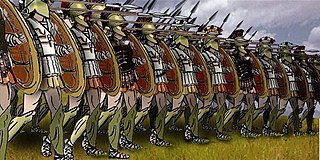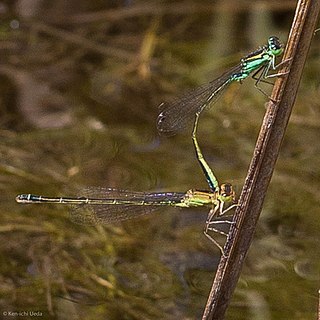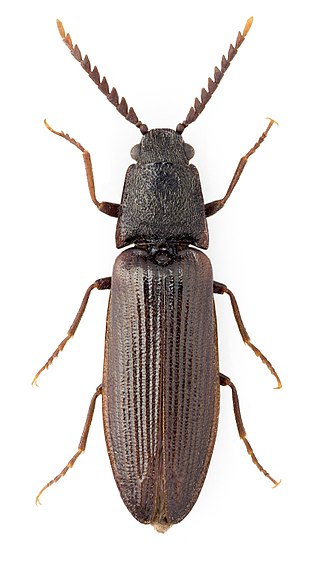Related Research Articles
The Roman legion, the largest military unit of the Roman army, was composed of Roman citizens serving as legionaries. During the Roman Republic the manipular legion comprised 4,200 infantry and 300 cavalry. After the Marian reforms in 107 BC the legions were formed of 5200 men and were restructured around 10 cohorts, the first cohort being double strength. This structure persisted throughout the Principate and Middle Empire, before further changes in the fourth century resulted in new formations of around 1000 men.
The Battle of Zama was fought in 202 BC in what is now Tunisia between a Roman army commanded by Scipio Africanus and a Carthaginian army commanded by Hannibal. The battle was part of the Second Punic War and resulted in such a severe defeat for the Carthaginians that they capitulated, while Hannibal was forced into exile. The Roman army of approximately 30,000 men was outnumbered by the Carthaginians who fielded either 40,000 or 50,000; the Romans were stronger in cavalry, but the Carthaginians had 80 war elephants.
Maniple was a tactical unit of the Roman Republican armies, adopted during the Samnite Wars. It was also the name of the military insignia carried by such units.

In the Roman army during classical antiquity, a centurion, was a commander, nominally of a century, a military unit originally consisting of 100 legionaries. The size of the century changed over time, and from the first century BC through most of the imperial era was reduced to 80 men.
The hasta was the spear carried by early Roman legionaries, for which the Roman soldiers known as hastati were named. In later republican times, the hastati were re-armed with pila and gladii, and the hasta was only retained by the triarii.

The Battle of Telamon was fought between the Roman Republic and an alliance of Celtic tribes in 225 BC. The Romans, led by the consuls Gaius Atilius Regulus and Lucius Aemilius Papus, defeated the Celts led by the Gaesatae kings Concolitanus and Aneroëstes. This removed the Celtic threat from Rome and allowed the Romans to extend their influence over northern Italy.

Heavy infantry consisted of heavily armed and armoured infantrymen who were trained to mount frontal assaults and/or anchor the defensive center of a battle line. This differentiated them from light infantry who are relatively mobile and lightly armoured skirmisher troops intended for screening, scouting, and other tactical roles unsuited to soldiers carrying heavier loads. Heavy infantry typically made use of dense battlefield formations, such as shield wall or phalanx, multiplying their effective weight of arms with force concentration.

Velites were a class of infantry in the Roman army of the mid-Republic from 211 to 107 BC. Velites were light infantry and skirmishers armed with javelins, each with a 75cm wooden shaft the diameter of a finger, with a 25cm narrow metal point, to fling at the enemy. They also carried short thrusting swords, or gladii, for use in melee. They rarely wore armour as they were the youngest and poorest soldiers in the legion and could not afford much equipment. They did carry small wooden shields called parma for protection, and wore headdresses made from wolf skins so their brave deeds could be recognized. The velites were placed at the front partly for tactical reasons, and also so that they had the opportunity to secure glory for themselves in single combat.
Hastati were a class of infantry employed in the armies of the early Roman Republic, who originally fought as spearmen and later as swordsmen. These soldiers were the staple unit after Rome threw off Etruscan rule. They were originally some of the poorest men in the legion, and could afford only modest equipment—light chainmail and other miscellaneous equipment. The Senate supplied their soldiers with only a short stabbing sword, the gladius, and their distinctive squared shield, the scutum. The hastatus was typically equipped with these, and one or two soft iron tipped throwing spears called pila. This doubled their effectiveness, not only as a strong leading edge to their maniple, but also as a stand-alone missile troop. Later, the hastati contained the younger men rather than just the poorer, though most men of their age were relatively poor. Their usual position was the first battle line. They fought in a quincunx formation, supported by lighter infantry. The enemy was allowed to penetrate the first battle line consisting of hastati, after which the enemy would deal with the more hardened, seasoned soldiers, the principes. They were eventually disbanded after the so-called "Marian reforms" of 107 BC.
Principes were spearmen, and later swordsmen, in the armies of the early Roman Republic. They were men in the prime of their lives who were fairly wealthy, and could afford decent equipment. They were the heavier infantry of the legion who carried large shields and wore good quality armor.

Triarii were one of the elements of the early Roman military manipular legions of the early Roman Republic. They were the oldest and among the wealthiest men in the army and could afford high quality equipment. They wore heavy metal armor and carried large shields, their usual position being the third battle line. They were equipped with spears and were considered to be elite soldiers among the legion.

Astape is a genus of praying mantis in the family Haaniidae, containing the single species Astape denticollis.
A hastiliarius was a weapons instructor in the Roman Empire. They trained raw troops with standard weapons and fighting techniques.
Hastatis is a genus of longhorn beetles of the subfamily Lamiinae.
Hastatis auricollis is a species of beetle in the family Cerambycidae. It was described by Buquet in 1857. It is known from Brazil.
Hastatis simplicis is a species of beetle in the family Cerambycidae. It was described by Galileo and Martins in 1990. It is known from Brazil.
Myochrous denticollis, the southern corn leaf beetle, is a species of leaf beetle. It is found in Central America and North America. It is a crop pest, and has been reported to damage corn in Illinois.
Odontosphindus denticollis is a species of cryptic slime mold beetle in the family Sphindidae. It is found in North America.

Ischnura denticollis, the black-fronted forktail, is a species of narrow-winged damselfly in the family Coenagrionidae. It is found in Central America and North America.

Denticollis is a genus of beetles belonging to the family Elateridae.
References
- ↑ BioLib.cz - Hastatis denticollis. Retrieved on 8 September 2014.